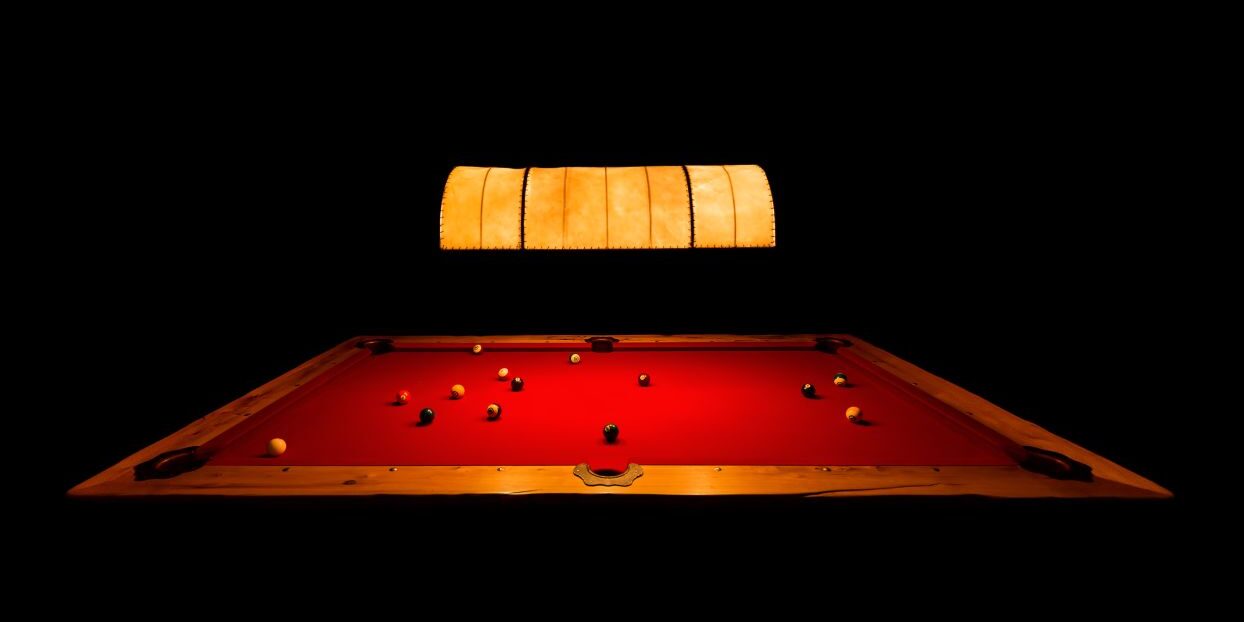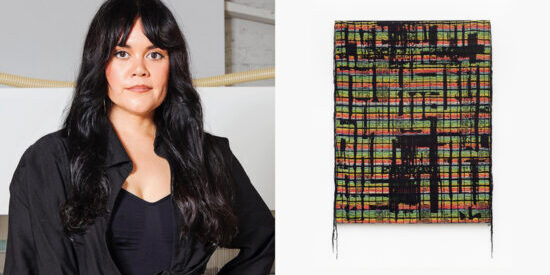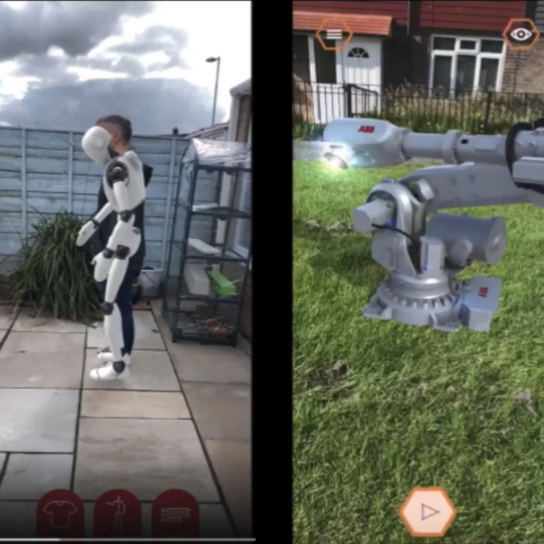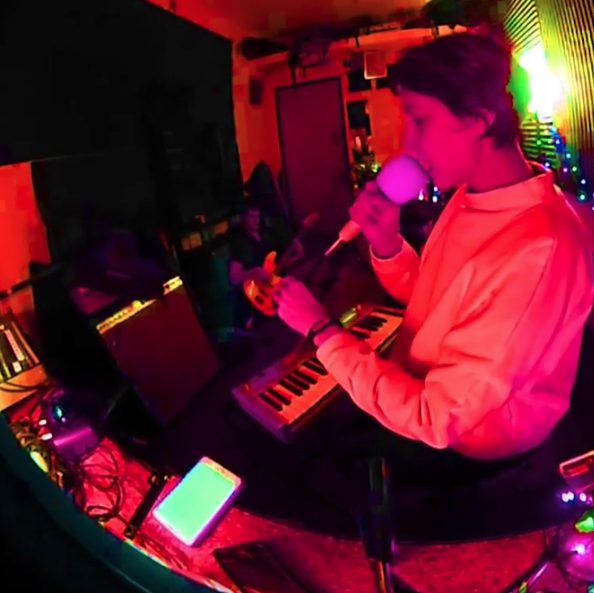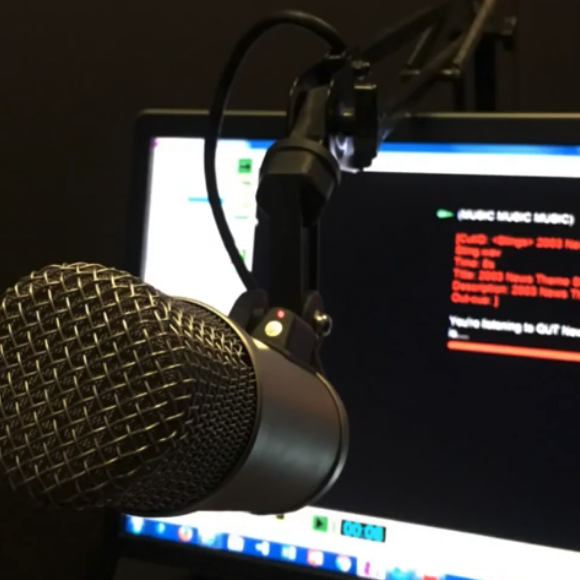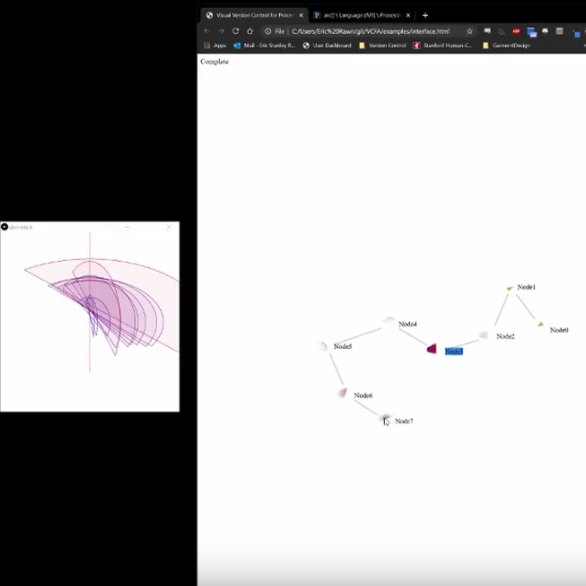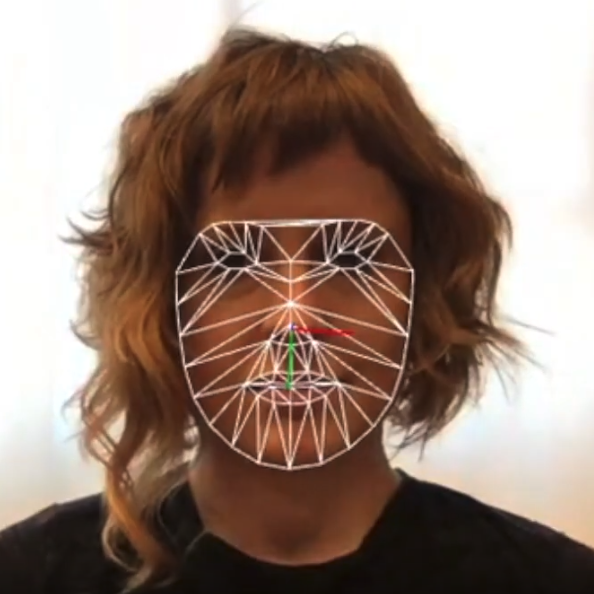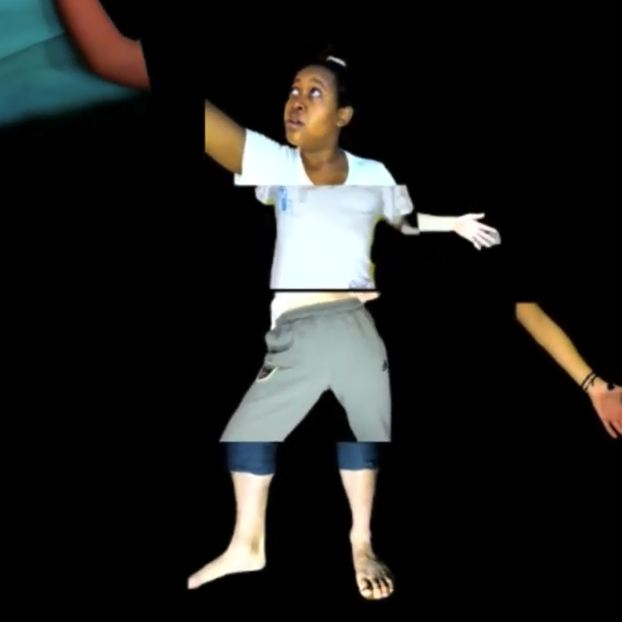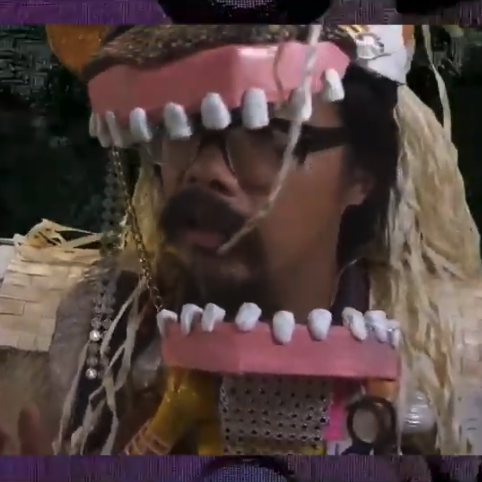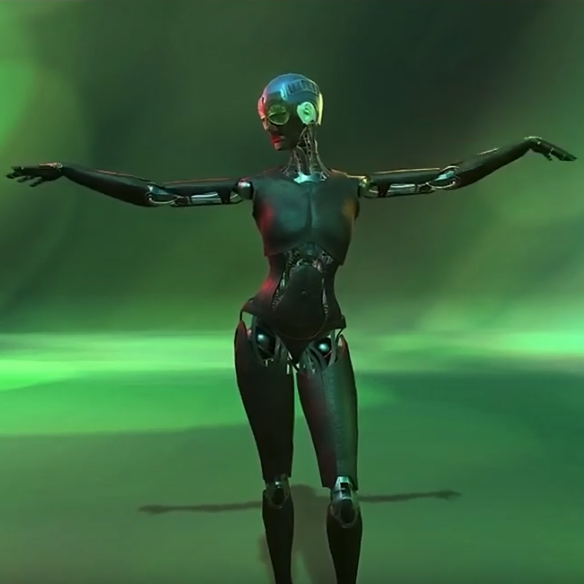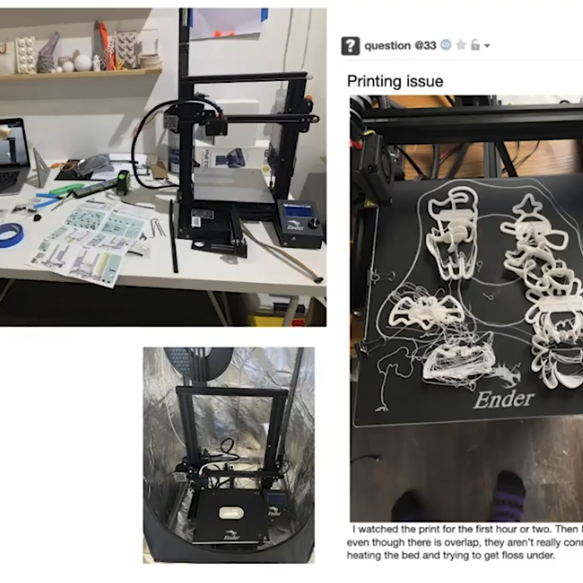Stanford offers a wide variety of courses and programs at the intersection of art and technology.
From specially designed joint majors to advanced research projects to extracurricular student groups, students and faculty take advantage of the multidisciplinary strengths of the institution and forge new and exciting paths in the arts. This page offers an overview of art + tech activities and courses at Stanford.
To be part of the conversation, sign up for updates below.
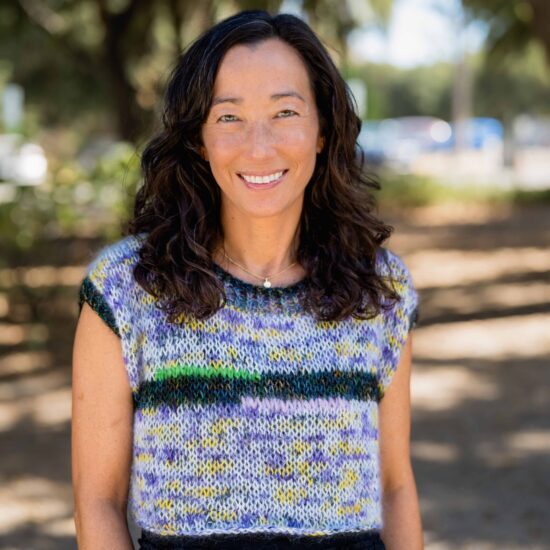
Contact:
Ellen Oh
Director of Interdisciplinary Arts Programs
Office of the Vice President for the Arts
ellenoh@stanford.edu
Faculty Working Group
Manish Agrawala - Computer Science / Brown Institute for Media Innovation
Jeremy Bailenson - Virtual Human Interaction Lab / Communications / Education / Symbolic Systems
Adam Banks - Institute for Diversity in the Arts / Science, Technology, and Society / Writing and Rhetoric
Jennifer Brody - Theater & Performance Studies / Comparative Studies in Race & Ethnicity
Shane Denson - Film & Media Studies
Michele Elam - English / Institute for Human-centered AI
Hideo Mabuchi - Applied Physics
Peggy Phelan - Theater & Performance Studies / English
Michael Rau - Theater & Performance Studies
Matt Smith - Theater & Performance Studies
Camille Utterback - Art Practice
Ge Wang - Music / Computer Science
Tsachy Weissman - Electrical Engineering
Risa Weschler - Physics / Astrophysics
Paul DeMarinis - Art & Art History

